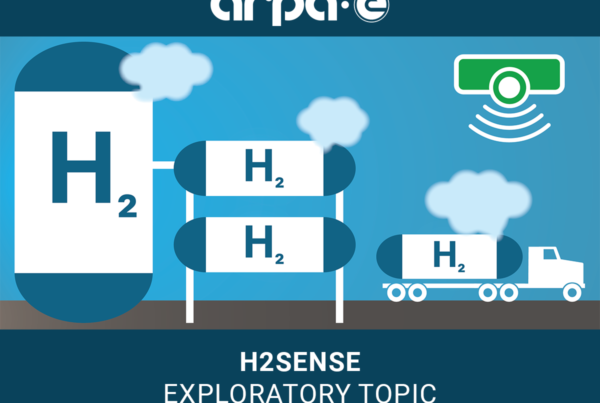
UK’s National Physical Laboratory Independently Tests Hydrogen Generated by AFC Energy’s Ammonia Cracker Technology – Successfully Achieves 99.99% Hydrogen.
AFC Energy (AIM: AFC), a leading provider of hydrogen power generation technologies, is pleased to announce the latest milestone in the accelerated development of its modular, scalable ammonia cracker technology.
Highlights
- AFC Energy’s next generation ammonia cracker technology successfully achieves 99.99% hydrogen from single reactor testing
- Results independently tested by the UK’s National Physical Laboratory (“NPL”)
- Testing confirmed ammonia levels in hydrogen stream were materially less than the limits required to meet ISO 14687:2019 standards for vehicular and stationary fuel cells
- Results highlight the ability of AFC Energy’s new ammonia cracking technology to deliver fuel cell grade hydrogen on a modular, scalable basis
- Ammonia cracker technology complimentary to AFC Energy’s growing H-Power fuel cell generator offering
AFC Energy’s ammonia cracker enables ammonia, a compound of hydrogen and nitrogen (NH3), to be “cracked” into discreet hydrogen and nitrogen molecules. The hydrogen can then be consumed as a fuel in fuel cells or combustion with the nitrogen emitted to atmosphere (which comprises c. 78% nitrogen) with zero carbon emissions. However, the presence in the hydrogen of uncracked trace ammonia has the potential to damage fuel cells.
In 2019, the International Organisation for Standardisation (“ISO”) published ISO 14687:2019 which governs the international standard for minimum quality characteristics of hydrogen as a fuel for utilisation in vehicular and stationary fuel cell applications and which stipulated the maximum level of residual ammonia permitted.
It is therefore an important achievement that AFC Energy’s ammonia cracker reactor has been able to meet the ISO standard for residual ammonia (“parts per billion” or “PPB”) in hydrogen fuel.
Ammonia is forecast to play a growing role in delivering on decarbonisation targets for industry and maritime due to its high energy density (relative to hydrogen gas) and potential to displace conventional fossil fuels and carbon emissions. Ammonia is also seen as an enabler to the international trade of hydrogen where hydrogen is transported by ship in the form of ammonia, and cracked back into hydrogen at its target import destination.
Test Details
The UK’s NPL was engaged to independently analyse the composition of hydrogen gas derived from AFC Energy’s new ammonia cracking reactor and downstream purification technology. NPL’s analysis was conducted on the basis of individual ammonia cracker reactors.
NPL’s analysis confirmed the hydrogen derived from AFC Energy’s cracker and purifier successfully achieved the ammonia PPB standard for fuel cell grade hydrogen, a key milestone in demonstrating the technology’s potential to support the growing “ammonia to power” market in stationary and maritime applications.
Achieving the ISO 14687:2019 standard of hydrogen purity as it relates to ammonia PPB highlights a milestone in the cracker technology’s ability to support not only “ammonia to power” applications, whether stationary or maritime, but also the potential for cracked ammonia to be used in refuelling heavy duty fuel cell trucks and buses as an alternative to a distributed network of high electricity use small scale electrolysers.
Adam Bond, Chief Executive of AFC Energy, said:
“Achieving the ISO grade for ammonia PPB in hydrogen from AFC Energy’s proprietary ammonia cracker is a significant milestone for the Company. Achieving the ISO standard is key for the global adoption of ammonia as a sustainable clean fuel. Modular ammonia crackers have a range of applications and with the progress we’ve made to date, not just in cracker technology, but also in the integration of purification technologies, opens the way for adoption of ammonia fuel across both combustion and fuel cell energy applications in stationary and maritime applications.”
Read the most up to date Fuel Cell and Hydrogen Industry news at FuelCellsWorks




